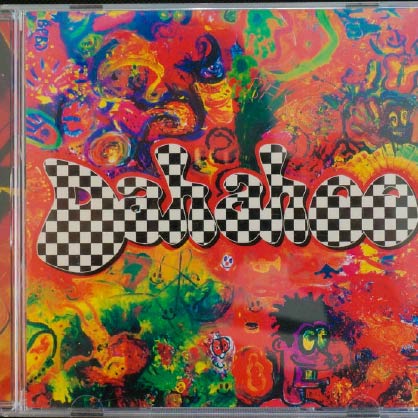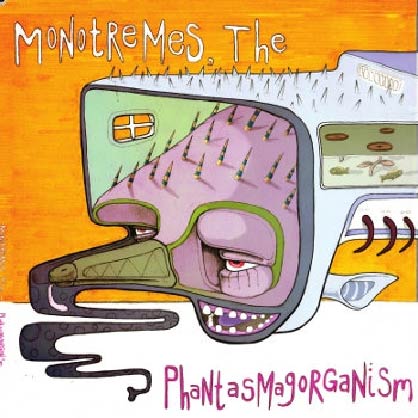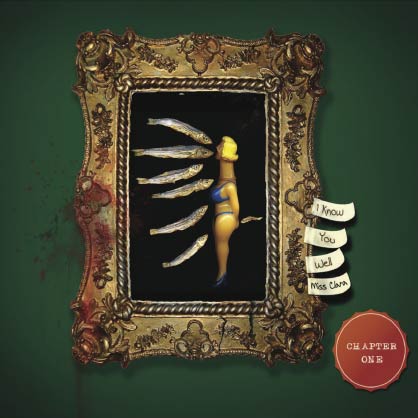Gongs made of gas bottles, bagpipes of plumbing offcuts, a biscuit tin sitar, PVC pipe elephant trunk roaring, oil gallon double base, flute of plastic waste, toothbrush guitar fret, broken window pane gamelan instruments.
Limbah Berbunyi are a collection of trash instruments, made of retrieved waste. Limbah Berbunyi is also the score of an hour long piece of music, written in four parts by J. “Mo’ong” Santoso Pribadi, and played by various musicians in the band Mo’ong N’ Friends.
The instruments were built in a collaboration with Muhammad Sulthoni Konde, an expert in recycling waste into art objects. It is a collaboration in sound made within the image of the sound producing objects. As environmental activist, Konde’s particular interest is in making non-biodegradable trash useful again. Together they have designed instruments that can be played acoustically, and are a mix of the instruments of the Indonesian Gamelan and of European flutes, violins, double base.
Each instrument has an onomatopoeic name, this is predominantly how names are made in Indonesian: Pret, Gajah Pipa, Blek Siter, Tong Bass, Demung Kaca, Saron Kaca, Slenthem Kaca. The name follows the Rasa (sense) of the sound produced. The composition is written in symbolic drawings, rather than notes. The pattern is comparable to the gamelan, but using trash frees it from the necessity of traditional patterns that the gamelan conventionally uses. At its core, this subversion of any commodifiyable tradition brings this into the space of experimental sound and contemporary installation art.
The performance of Limbah Berbunyi reveals a surprise in that the instrumental music does not sound like trash. One could be a bagpipe, or a Slompret (a traditional instrument from East Java) which sings, or rather, is sung, while the audience wonder about its origin. The bagpipe, for example, sounds like traditional Indonesian flutes: Pui-pui (Makassar, South Celebes), Serunai (Minang, West Sumatra), Slompret (East Java), but it is played on the Javanese Slendro scale.
Accompanying the live performance of Limbah Berbunyi is a slow film the artist Khadija von Zinnenburg Carroll made in rehearsals in Yogyakarta during January 2017.
There is an accompanying CD recording and a catalogue printed on recycled paper with photographs and texts about each Limbah Berbunyi instrument’s different expression.



